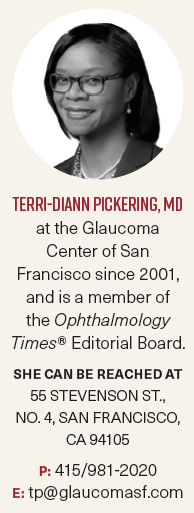Article
EDITORIAL: Déjà vu all over again
Author(s):
When it comes to the sexes in the operating room, the key is collaboration, with a goal of presenting patient suffering.

A recent report form Canada made headlines all over the internet: Women 32% more likely to die after operation by male surgeon, study reveals1. My first reaction, denial, was rapidly followed by incredulity. I remember the Battle of the Sexes from my childhood, and women have outnumbered men in medical school for over a decade – surely sexism is behind us in medicine? I know many male surgeons and have never heard any of them express any ill will towards women or any group of people. So I initially dismissed this study.
However, the study results deserve attention and can’t be denied. They demonstrate the subtle interplay of medical culture, implicit bias, communication style, and yes, sexism. Records of 1,320,108 patients who underwent 21 common surgical procedures performed by 2,937 surgeons over 12 years were studied.1 Women are 15% more likely to suffer complications or hospital readmission, and 32% more likely to die, when a man rather than a woman operates.1
The findings are troubling and have sparked claims that implicit sex biases among male surgeons may be to blame.1 Prior studies show that the severity of symptoms in female patients is underappreciated, particularly among male physicians, and all patients may report less postoperative pain to male clinicians.2 However, men treated by a male surgeon had a 13% increase in death, compared to men treated by a female surgeon.3 Since all patients, regardless of gender, fare better with female rather than male surgeons this demands a different explanation -- what are female surgeons doing right?
Studies show that the patient-physician relationship is strengthened by a shared identity, whether based on gender, race, religion, or other lines of affiliation. Also, a patient-centered model of communication improves patient outcomes. These two factors help explain the study findings, since female doctors are more likely to use the patient-centered model.
I’ve noticed that social distancing, wearing masks and increased patient loads have made it more challenging to forge a bond with my new patients, but this study has made me redouble my efforts – patients are more likely to follow treatment advice when they relate to their doctor, and when their doctor relates to them.2
Despite multiple studies surgery hasn’t adopted a more patient-centered model of care. We’ve evolved since the days of “The House of God”, but deep-rooted cultural behaviors are slow to change. Female surgeons are still perceived as less competent than their male counterparts.3 And no discussion of gender and surgery can ignore the elephant in the room – surgical specialties remain male-dominated. Efforts to recruit more women into surgery isn’t just about optics, it’s good for patient outcomes. We don’t need a Battle of the Sexes, we need a collaboration of the sexes, with a goal of preventing patient suffering. For too many years surgeons have ignored our patients’ requests for better patient-physician relationships. It’s déjà vu all over again.
References:
1 theguardian.com: Women 32% more likely to die after operation by male surgeon, study reveals. Accessed 1/19/2022.
2 forbes.com: Female Patients With Male Surgeons Have Worse Outcomes: Here’s Why.
Accessed 1/19/2022.
3 usatoday.com: Women operated on by male surgeons more likely to die or have complications, study finds. Accessed 1/19/2022.
Newsletter
Don’t miss out—get Ophthalmology Times updates on the latest clinical advancements and expert interviews, straight to your inbox.





